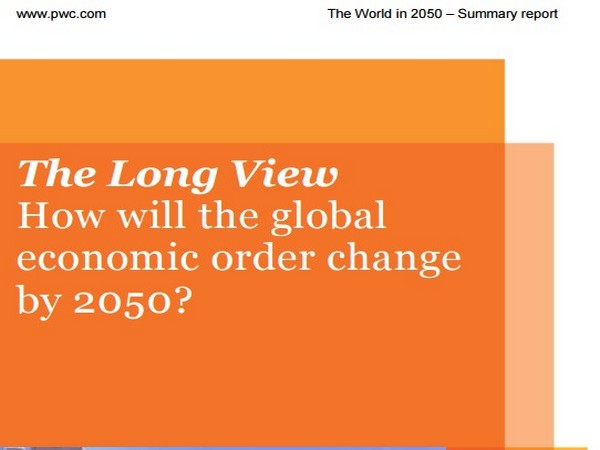 08.02.2017
08.02.2017THE LONG VIEW / HOW WILL THE GLOBAL ECONOMIC ORDER CHANGE BY 2050?
The World in 2050 – Summary report
1.1 Our approach
In this report, we present our latest long-term economic growth projections, providing an update to our 2015 results. We project GDP to 2050 for 32 of the largest economies in the world, which together currently account for around 85% of global GDP. We hope this analysis will be of interest to policymakers around the world, businesses making long-term investments, academics, students and economic commentators. These long-term growth projections will also feed into other PwC projects and reports.
Our analysis uses a robust long-term economic growth model from the academic literature that accounts in a rigorous way for projected trends in demographics, capital investment, education levels and technological progress to estimate potential long-term growth rates. We assume broadly growth-friendly (but not perfect) policies and no major civilisation-threatening global catastrophes (e.g. nuclear war, asteroid collisions) over the period to 2050. Technical details of our methodology are contained in Appendix A of the full report.
We are aiming to identify broad long-term trends, abstracting from short-term economic and political cycles. We are not claiming to be able to make precise forecasts of GDP in 2050, which is clearly not possible looking that far ahead, but we do believe it is possible to trace out the broad shape of economic power shifts over this period. We have also looked at the impact of a range of alternative assumptions on our long-term growth projections (see Section 2.4 of the full report).
![]() THE LONG VIEW / HOW WILL THE GLOBAL ECONOMIC ORDER CHANGE BY 2050? (373 KB)
THE LONG VIEW / HOW WILL THE GLOBAL ECONOMIC ORDER CHANGE BY 2050? (373 KB)
http://www.pwc.com/gx/en/world-2050/assets/pwc-world-in-2050-summary-report-feb-2017.pdf
Return
